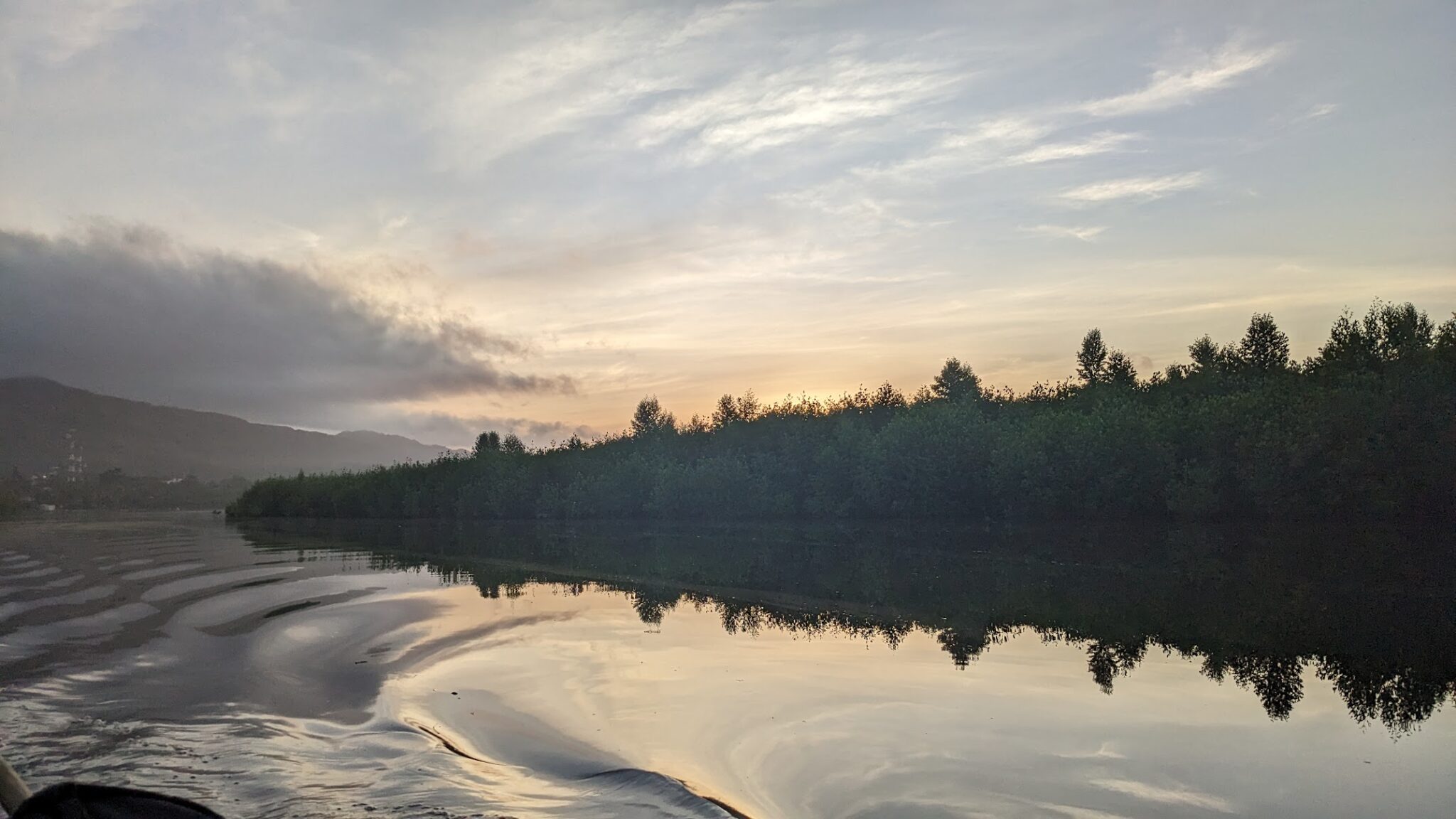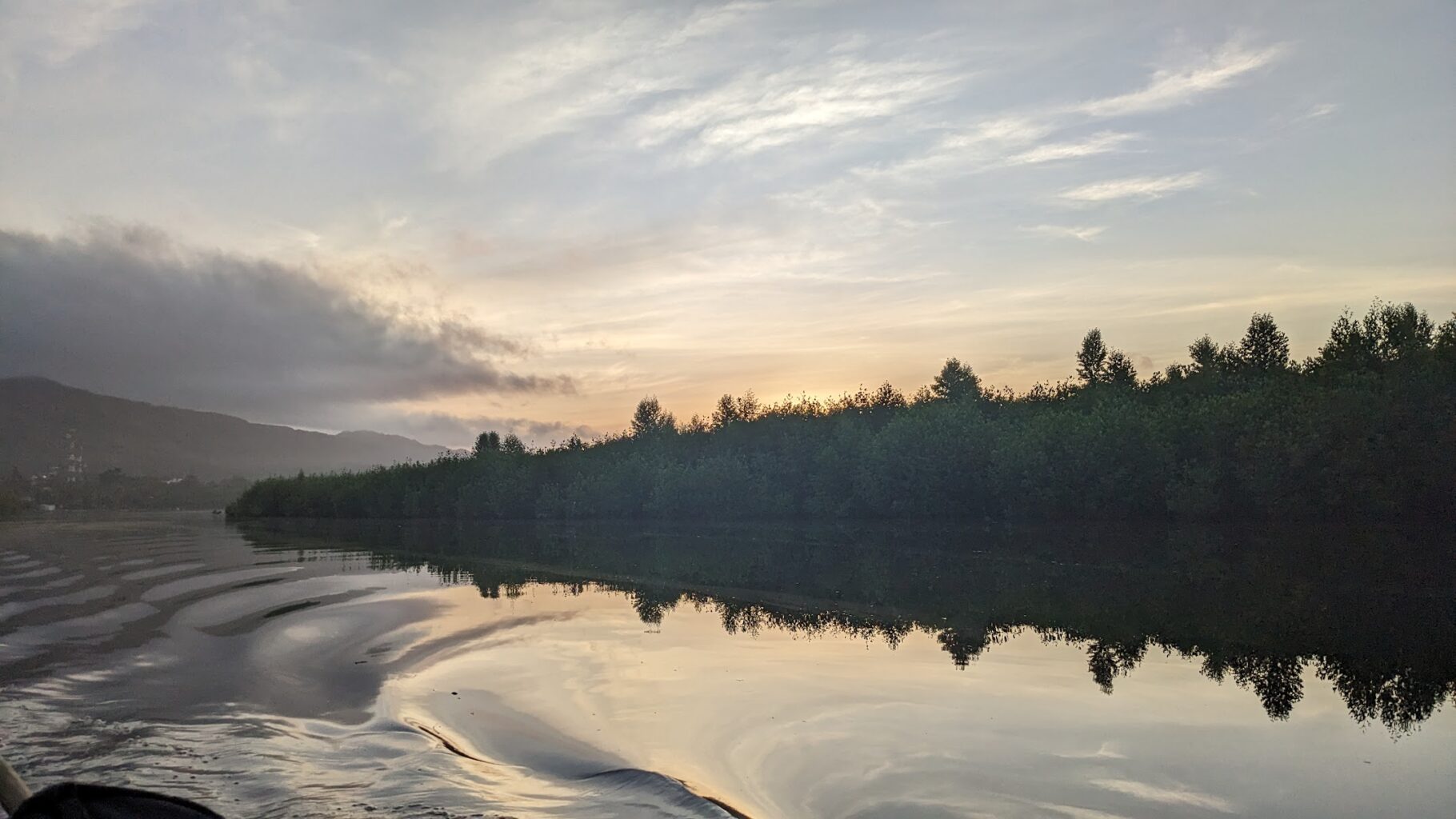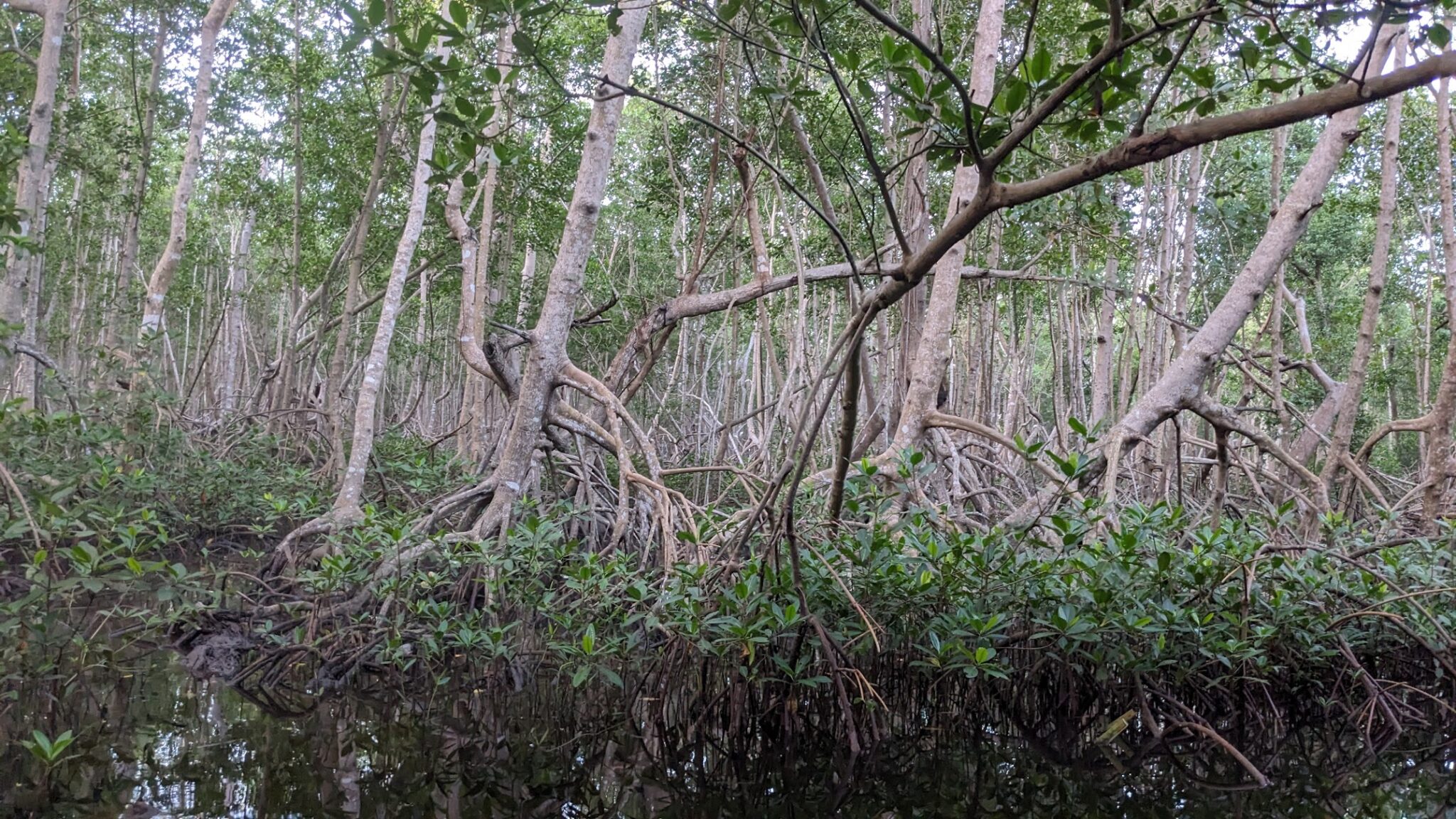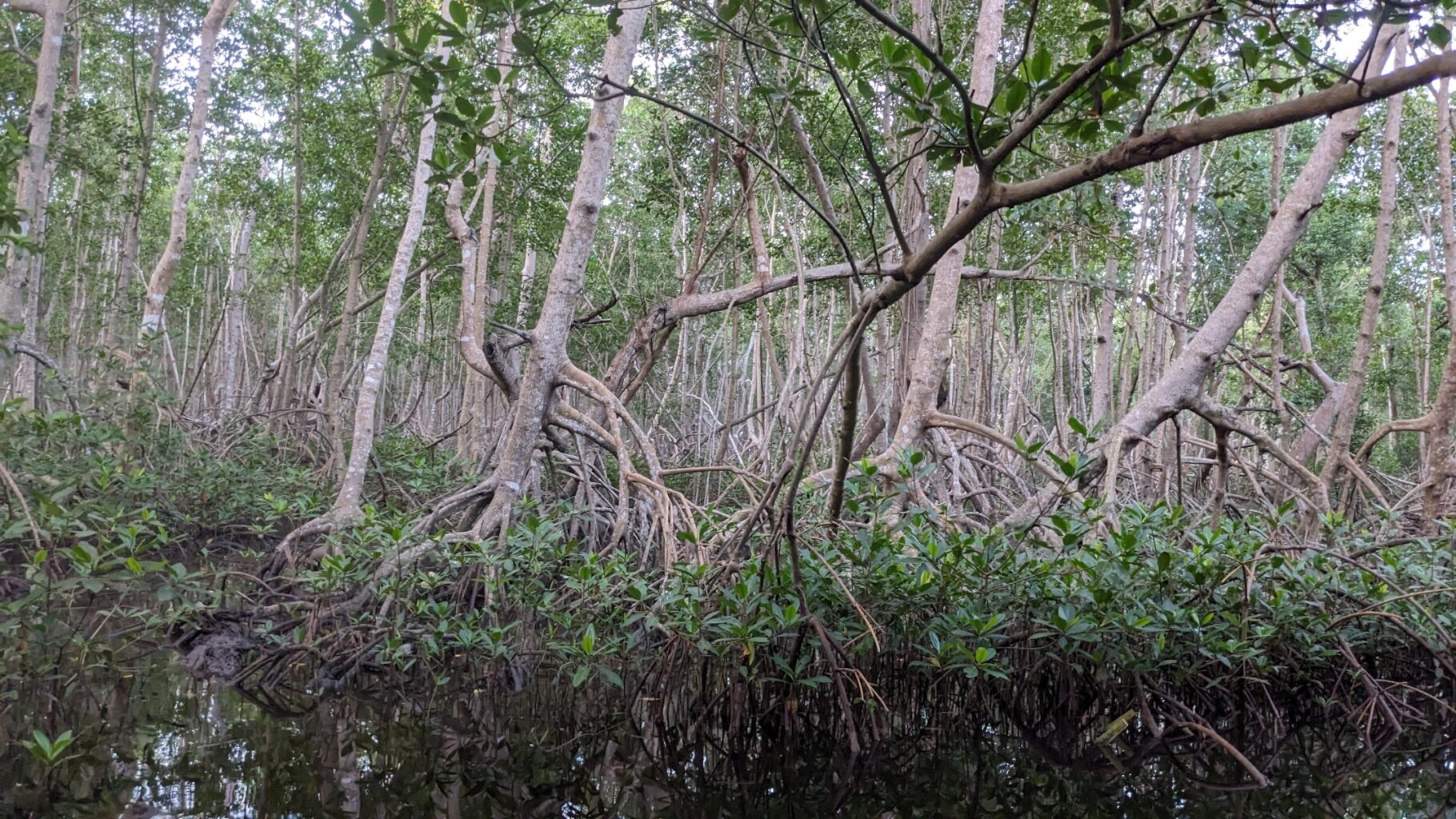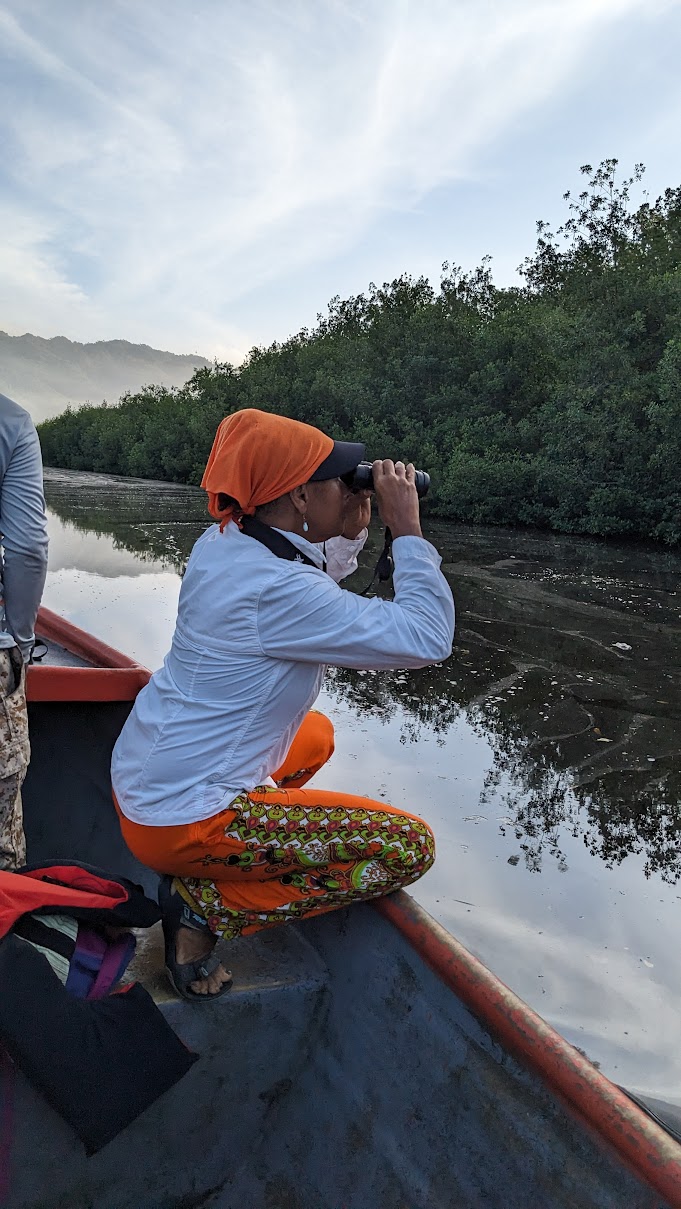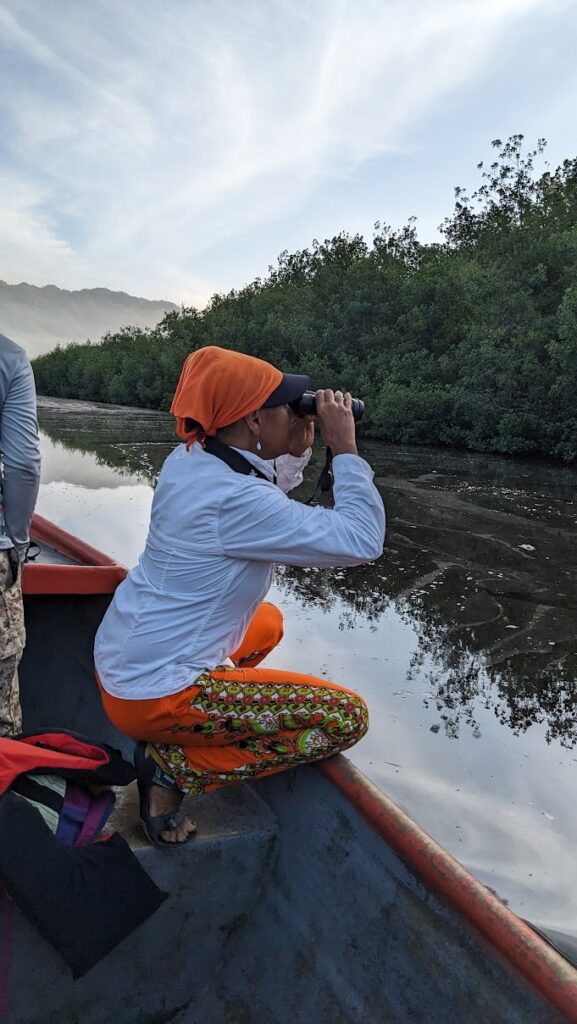Bajo Yuna Mangroves National Park, in the northeast corner of the Dominican Republic, covers 30,000 acres and contains the largest continuous area of mangroves in the country. The park is also home to the DR’s largest population of bloodwood or dragonsblood trees, named for their vibrant red sap, and a unique freshwater wetland savannah. Birders have spotted 102 species, both endemic and migratory, in the park; six of them are classified as vulnerable, and two are endangered. An endemic freshwater turtle lives in the area, as do several species of arboreal lizards. Manatees and dolphins feed along the coast. But like other mangrove forests in the DR, the area faces ongoing threats from encroachment by agriculture and development.
The municipality of Sanchez, located at the northern end of the park, is a main entrance to the protected area. Local government officials, tour operators, and fishers are all very interested in improving and protecting the area. Doing so will enhance both tourism and small-scale fishing.
We are again working with CEBSE, a local organization led by Patricia Lamelas, recipient of the 2018 Seacology Prize. Conservation of Bajo Yuna’s mangroves and engaging the communities around the park are high priorities for CEBSE.
The park’s seven park rangers and technicians don’t have an office or ranger station. With a Seacology grant, CEBSE will turn a shipping container into a solar-powered headquarters, with a sleeping area, office, and restroom. It will serve as a hub for park monitoring, as well as community conservation and restoration efforts. We’ve funded similar projects in Jamaica, at Portland Bight and Oracabessa Bay.


